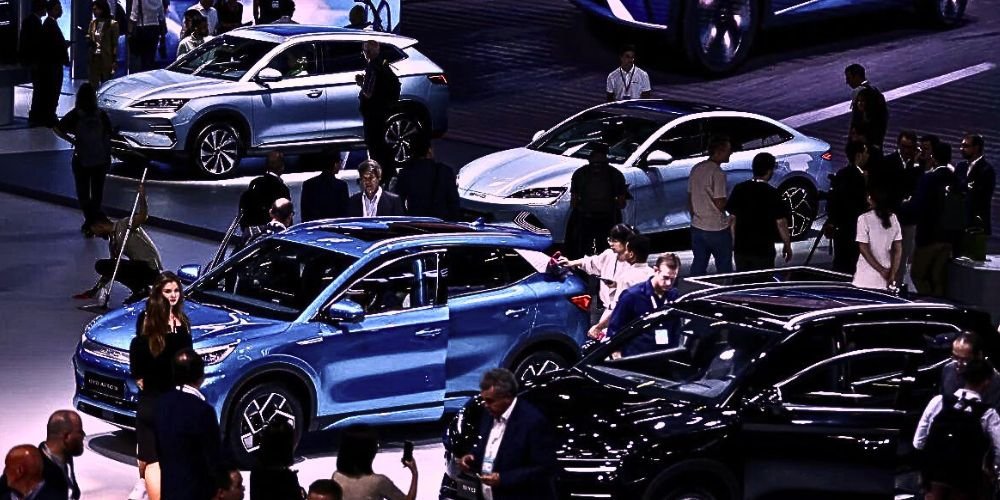Key Points
- China has requested WTO intervention over Canada’s new tariffs on Chinese EVs, steel, and aluminum.
- Canada imposed a 100% levy on Chinese EVs and a 25% tariff on steel and aluminum in line with U.S. and EU measures.
- China condemns these tariffs as protectionist, arguing they disrupt global trade and supply chains.
- The dispute reflects broader global trade tensions, particularly in the shift towards green technologies.
China has requested the World Trade Organization (WTO) to rule on Canada’s newly imposed tariffs on Chinese electric vehicles (EVs), as well as steel and aluminum products, marking another chapter in the growing trade tensions between the two nations. The move follows Canada’s decision to levy a 100% tariff on EVs from China and a 25% tariff on Chinese steel and aluminum. These actions echo similar measures the United States and the European Union imposed.
The 100% levy on Chinese EVs took effect on Tuesday, while the 25% tariff on steel and aluminum was announced in late August. These measures, part of Canada’s broader trade policy, aim to protect its domestic industries from what it perceives as unfair competition and dumping of cheaper Chinese goods into its market.
In response, China’s commerce ministry issued a statement on Wednesday, expressing strong opposition to Canada’s tariffs, labeling them “unilateral” and “protectionist.” The ministry argued that these measures would “disrupt and distort global industrial and supply chains,” further escalating trade tensions.
The Chinese government also announced its intention to conduct an anti-discriminatory investigation into Canada’s restrictive trade actions. China’s decision to bring the matter to the WTO reflects its strategy to seek a multilateral resolution to discriminatory trade practices.
Canada’s actions are part of a wider movement among Western countries, including the U.S. and the European Union, to limit the import of Chinese goods, particularly in sectors like electric vehicles and metals, where China has a significant manufacturing advantage. These tariffs are seen as efforts to counter China’s growing dominance in global industries, particularly as the world shifts towards greener technologies and stronger domestic industrial policies.
As China brings this case to the WTO, it raises questions about how international trade bodies will navigate the increasingly protectionist measures adopted by several Western countries. While the dispute could take months or even years to resolve, it underscores the ongoing complexities of global trade and the increasing role of EVs and critical materials like steel and aluminum in international economic policy.












